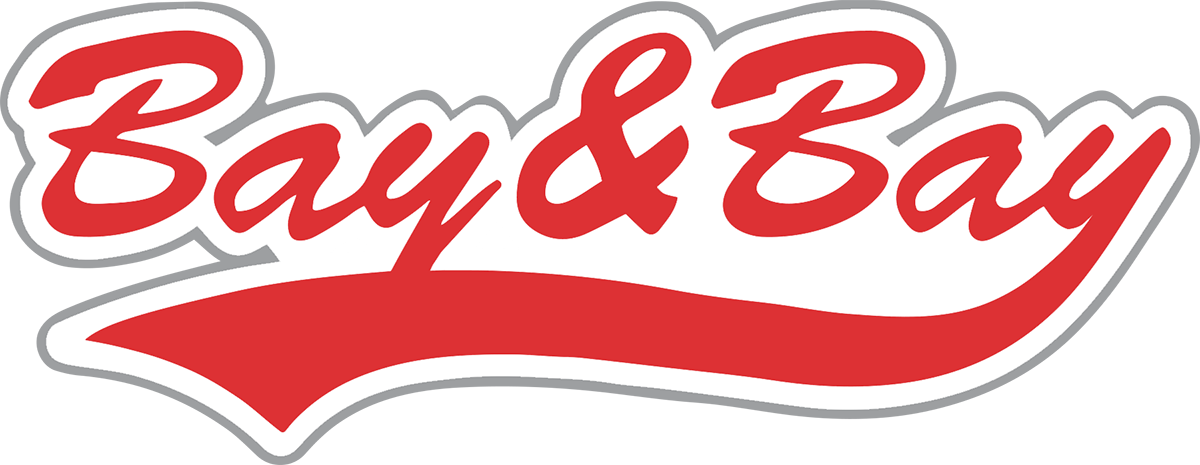Truck drivers are generally the most careful drivers on the road, because their livelihood depends on safe travel. To do so, many use various truck drivers signals to communicate with other drivers…and often times you probably don’t even think twice about it.
Bay and Bay Transportation of Minnesota has decoded this “code of the road,” and put together some basic phrases, translated for you into “driver” speak.
History behind the Signal
Before light signals, drivers used hand motions and gestures to indicate their movements, much like you would while riding a bike today. The first signaling lights in 1907 were shaped like hands because drivers were so used to reading hand signals.
We’ve come a long way since then.
So what is it you’re trying to say? We’ll break down some of the most important road codes (or truck driver signals) that you should know, so that you understand and do them yourself while driving.
“I am going to turn.”
- Signal your blinker early— as in well before you turn. Turn signals were created to communicate intention, or future actions. If you wait to turn on the turn signal until you are actually turning, drivers behind you may not have enough warning to slow down or stop.
- Signal continuously, meaning, don’t cancel the signal until you’ve completed your turn. First and foremost, you need to keep both hands on the wheel to safely complete the turn.
Imagine this scenario:
A semi needs to turn right, has already signaled early for the turn, and swings wide into the left lane for the turn. If the driver cancels the signal early, drivers behind the semi may think the semi driver changed their mind, or might have missed the signal completely. If either of these happen, it would result in some devastating damage.
- Don’t forget to cancel your signal after the turn. The majority of trucks don’t have auto shut-offs for the turn signals. No auto shut-offs can help drivers avoid an early cancel as described in the above scenario.
“I am going to merge into this lane,” Or “I would like to pass.”
The steps are similar to a turn in truck drivers signal:
- Signal early,
- Look to make sure you have enough space,
- Make sure other drivers know of your presence, even if it’s obvious. Use your best judgment on whether to add in a quick flash of lights or very light tap on the horn. Either way, still be prepared just in case they still do not see you.
- Signal continuously, and
- Cancel your signal once you are safely in the lane.
“It is safe to pass.”
It is difficult to judge whether or not you have enough space to change lanes; especially while driving a semi. If you are a driver behind a semi trying to go in front of you, quickly flash your headlights when the semi’s trailer clears your car and there is room for them to move back into the driving lane. Often times a truck driver will flash his trailer lights as a “thank you” for your courtesy.
“I am slowing down or stopping.”
When you’re driving on the highway for a long time, you experience something called velocitization. This means that your ability to recognize changes in speed goes down. If you are suddenly faced with a road hazard that requires you to judge a change in speed, it can become a dangerous situation very quickly.
Drivers are often unaware of how quickly they are catching up to a slow vehicle until they are very close. This is why a warning is helpful in preventing crashes when you are slowing down or stopping.
This is where your brake lights come in handy for a truck driving signal. If you come across a situation where you are slowing down or stopping, lightly tap your brake pedal to flash your brake lights as a warning to drivers behind you.
“There is danger ahead,” Or “I am stopping very quickly.”
From oncoming traffic, you may see more than two consecutive flashes indicating you should proceed with caution. If you find yourself coming to an abrupt stop, put on your flashing hazards since this signal gets the message across very quickly and clearly.
“I am right here.”
In poor weather conditions such as rain or snow, or poor lighting such as at dawn or dusk, make it as easy as possible for others to see you. Turn on your lights. Make sure to use the headlights, not just the clearance lights in this truck drivers signal.
Congratulations, you know the code!
Bay & Bay Transportation just gave drivers a great reason to join the team and stay for the long haul.
